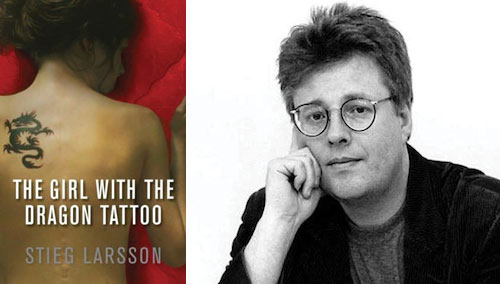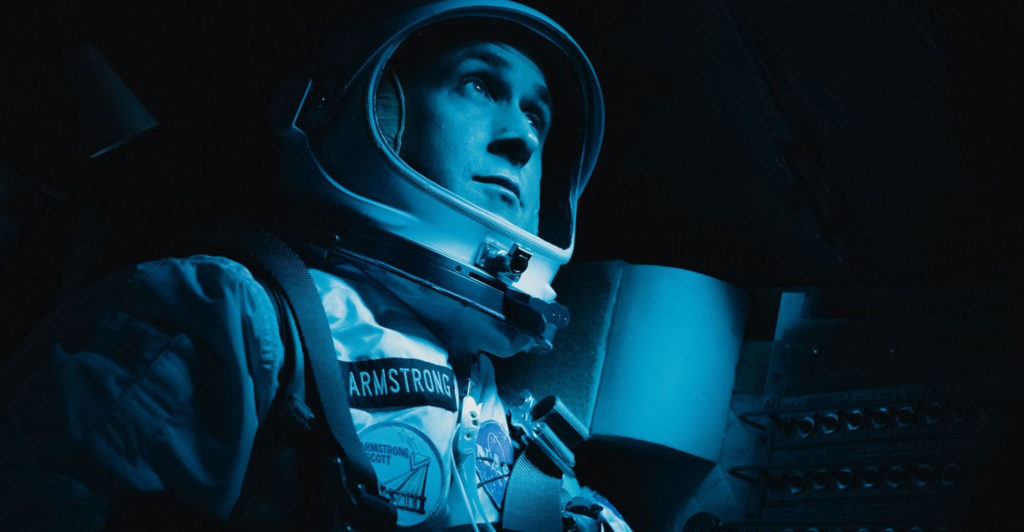Stieg Larsson, the late author of the Millennium Trilogy thrillers, may be Sweden’s biggest and most bafflingly popular cultural export since Abba. His books sold more than 12m copies by mid-2009 and he was the second-best selling author worldwide in 2008, ahead of the likes of Dan Brown and John Grisham.
With the recent publication of the English translation of the third volume, The Girl Who Kicked the Hornets Nest, the trilogy is flying high in Christmas bestseller lists worldwide, including SA. Heavy on po-faced moralising and good intentions, but light on actual thrills, the trilogy is about as dull an airport read as I’ve ever encountered.
Larsson, a social activist and investigative journalist who wrote the books in his spare time, uses his novels mostly as a canvass for preaching about various social causes, especially abuse of women. The painfully literal Swedish title of the first book is “Men Who Hate Women”, which would be similar to Thomas Harris calling The Silence of the Lambs “The Guy Who Eats People”.
The title’s a pretty good indication of what you’re letting yourself in for when you crack open the first page of The Girl with the Dragon Tattoo, the first book in the series.
Larsson’s Sweden is a simmering cauldron of misogyny, corruption and abuse that makes Yemen look like a feminist utopia by comparison.
Though I’m not opposed to some social commentary and moral depth in my light summer reading, Larsson’s authorial voice is intrusive to the detriment of the stories he is trying to tell. By the end of the second book in the series, I felt I’d been lectured by a sociology professor for 1 200 pages. The heavy-handed political proselytising is only one of many problems I had with the trilogy.
Though the prose is competent, at least in English translation, it’s seldom more than that. Writing that is merely serviceable would be fine, if the books had decent plotting and characterisation to fall back on. But the pacing of the books is glacial, the plotting is needlessly convoluted, and the characters (with one exception) are instantly forgettable.
The two main characters in the books are an investigative journalist, Mikael Blomkvist, clearly an idealised version of the author, and a 20-something, female neo-Goth hacker named Lisbeth Salander.
Blomkvist, who is the lead character, even though the books are named after the “girl” Lisbeth, is a bland do-gooder who is apparently irresistible to the ladies. Lisbeth is a rather more interesting character: she’s an antisocial loner with a gift for hacking, an unnaturally sharp intelligence, and a vindictive streak a mile long.
Though I don’t understand the acclaim that many reviewers have lavished on the trilogy, I do agree with those that praised Larsson for creating a female character that completely breaks with type for heroines in crime thrillers.
Though she has suffered terrible abuse by individuals and institutions, the tiny, tattooed Lisbeth is portrayed neither as a helpless victim nor as a righteous avenger, but as a woman who has beaten the odds at some personal cost. Alas, that subtlety of characterisation doesn’t apply to most of the other stock characters like The Evil Businessman and The Crusading Lady Journalist.
The books share lead characters and some story arcs play out over the entire trilogy, but they can also be read as standalone works. The Girl with the Dragon Tattoo, after a rambling start, evolves from a police procedural into an Agatha Christie-style murder mystery. The Girl Who Played with Fire, the second, is an action-adventure about the sex-trafficking industry. The concluding book plays out mostly in hospitals and courtrooms.
Larsson must have skipped writing school the day that the lesson about showing rather than telling was taught. Tell, he does, and about the most mundane things in the most excruciating detail. His books don’t crackle with tension — they groan under the weight of pages of exposition.
From Lisbeth’s house-hunting and the delivery of her new Ikea furniture, through to a long summary of Grenada’s history that is as gracefully written as a Wikipedia entry, there is no detail that Larsson considers superfluous. Though each of the books has the skeleton of a competent thriller buried somewhere beneath the flab, it would take a ruthless editor to unearth it.
Larsson died in 2004 before his books were published, but it’s unlikely that we’ve heard the last of him. Larsson’s live-in partner, Eva Gabrielsson, claims to have a 200-page draft of a fourth novel in her possession. Hollywood stars such as Brad Pitt and Johnny Depp are said to be interested in playing Mikael Blomkvist in a big-budget film franchise based on the trilogy. This is one case where even a set of Ron Howard films can only be better than the books. — Lance Harris, TechCentral





